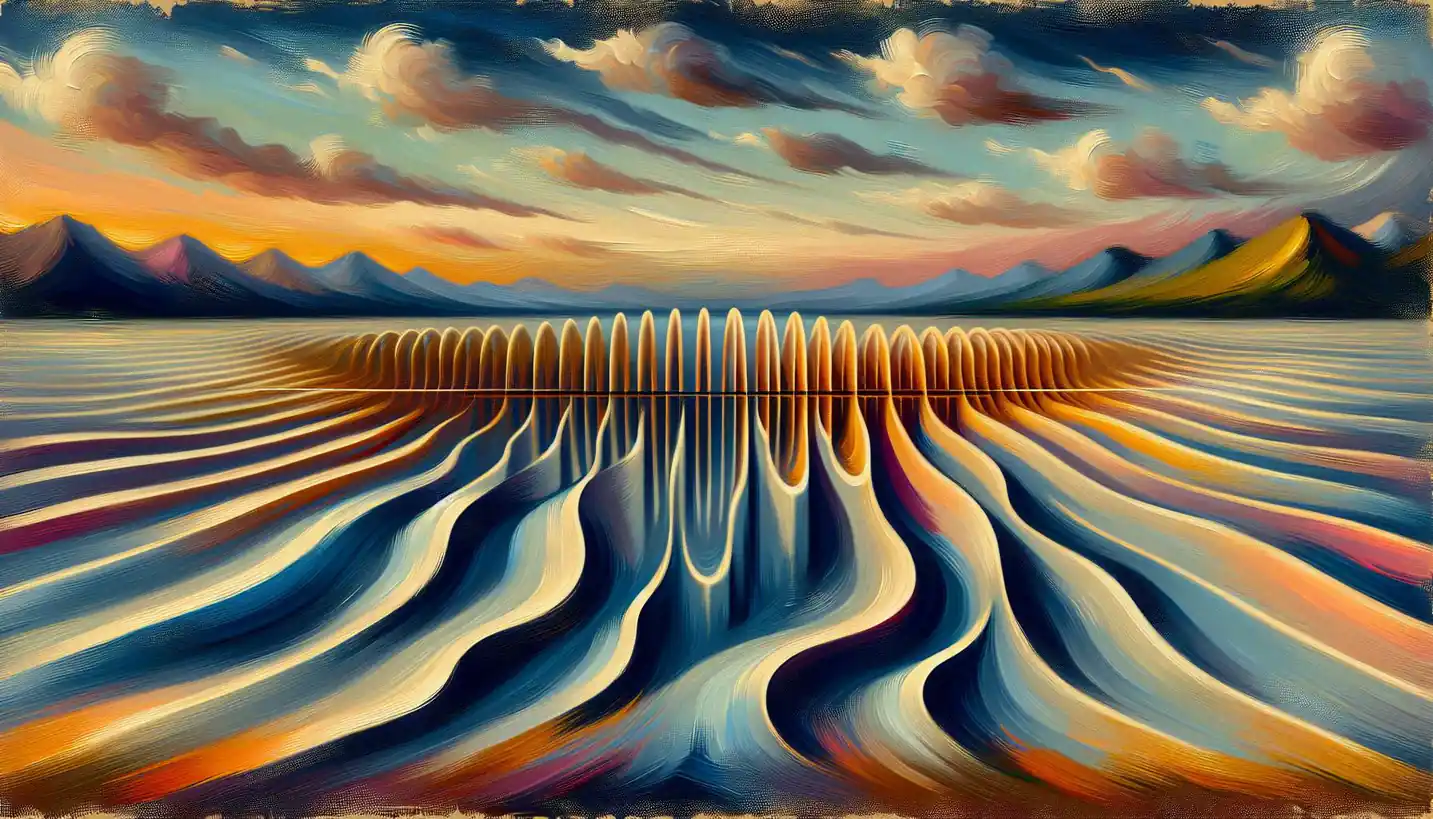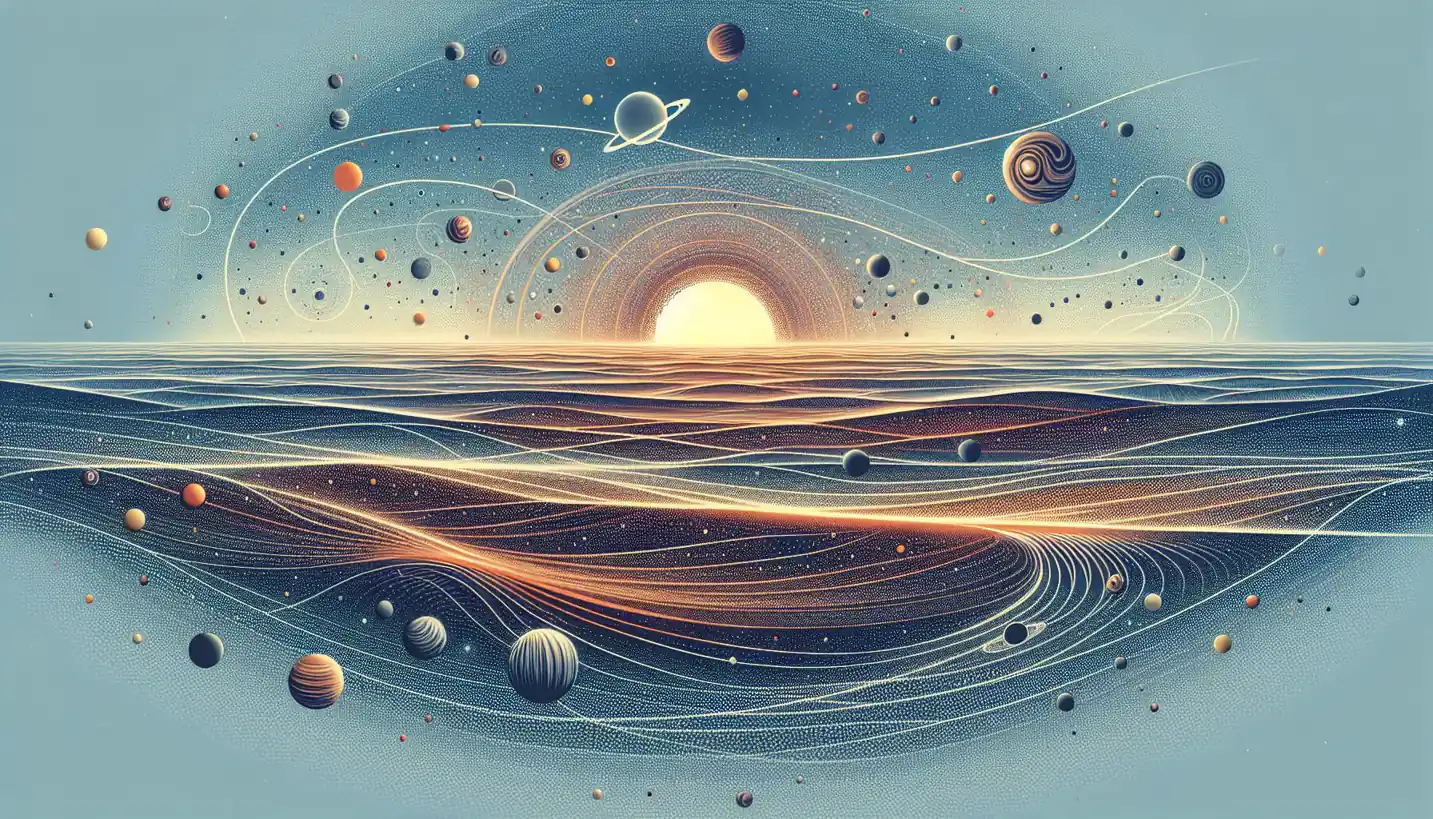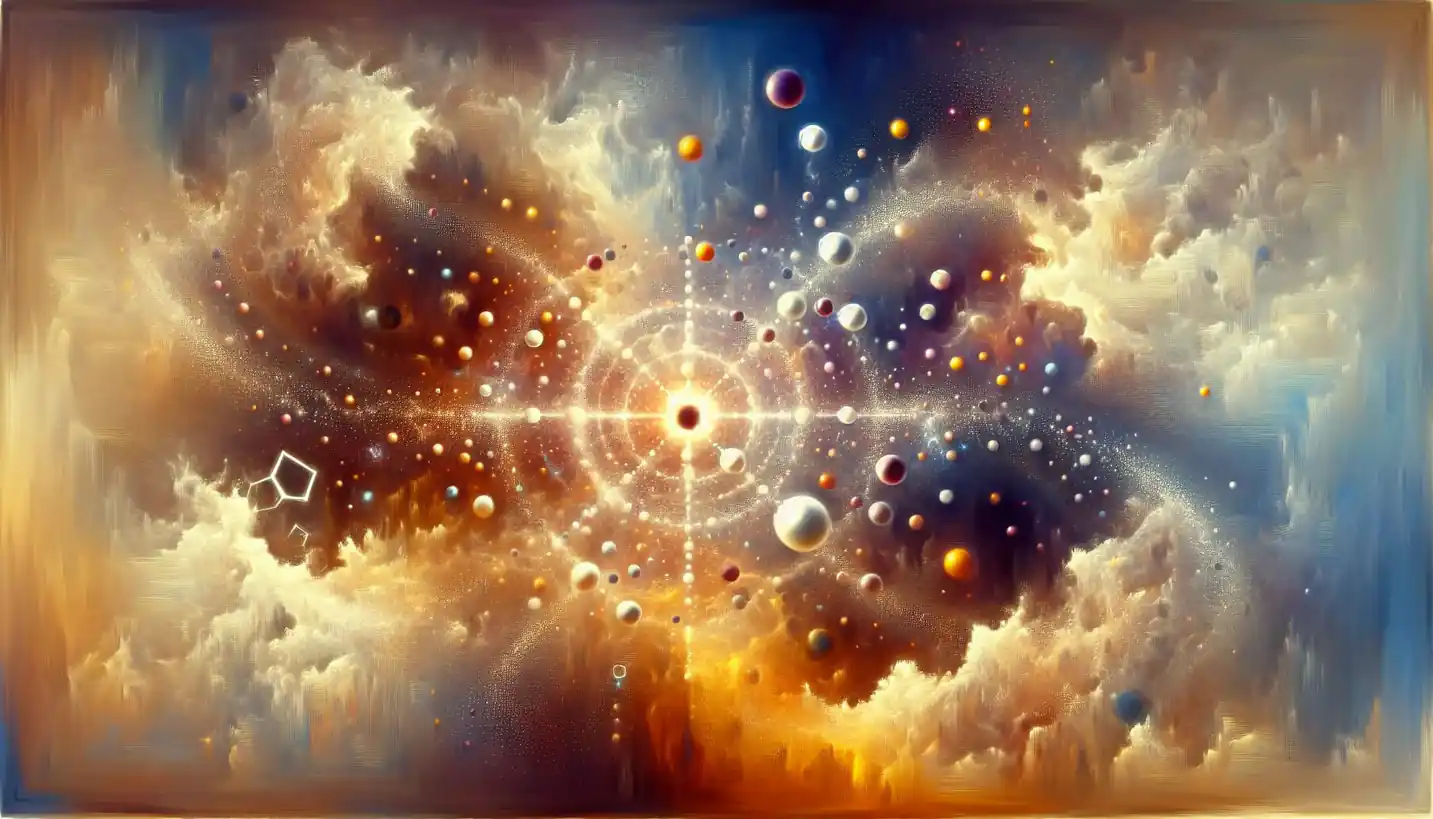· Physics · 5 min read
Big Bang Nucleosynthesis: Unveiling the Universe's Beginnings
Big Bang nucleosynthesis created the universe's first elements. Learn how this primordial process shaped the cosmos we observe today.

Let’s dive into an incredible journey that takes us back almost 14 billion years ago, right after the universe began. This mysterious moment is known as the Big Bang, and it’s not just a catchy phrase – it’s a cornerstone of our understanding of the universe. One of the key concepts that emerged from this event is Big Bang Nucleosynthesis, something that sounds complicated but is actually all about creation.
What is Big Bang Nucleosynthesis?
Imagine if the universe had a cooking recipe. Just a tiny slice of time after the Big Bang, the universe was a boiling soup of energy and particles. In the first few minutes, the conditions were just right, like the perfect oven temperature, allowing for the formation of the first light nuclei – mainly hydrogen, helium, and a sprinkle of lithium. This is what scientists call Big Bang Nucleosynthesis, or BBN for short.
The Cosmic Kitchen: How Elements Were Made
In those first few minutes, the universe was an incredibly hot and dense place. Think of an enormous fireball where particles moved at unimaginable speeds. As it expanded and cooled, it reached a temperature ideal for protons and neutrons – the building blocks of atomic nuclei – to smash together and stick. This process forged the first elements in a manner similar to how chefs combine ingredients to create a dish.
Why Only Light Elements?
You might wonder why only hydrogen, helium, and a tiny bit of lithium were formed. Why not the heavier elements like carbon or iron? Well, the universe was cooling rapidly. Like a cake taken out of the oven too soon, it didn’t give enough time for heavier elements to cook up before conditions were too cold for nuclear reactions to occur. The early universe didn’t have the right ingredients or time to form anything beyond the simplest elements.
The Role of Neutrons and Protons
Neutrons and protons are like the dynamic duo in our cosmic story. During Big Bang Nucleosynthesis, they were abundant and played a crucial role. Initially, there were roughly equal numbers of neutrons and protons, but as the universe cooled, neutrons were slightly more likely to decay into protons, which shaped the final count of elements.
Ratios Straight From the Big Bang
The story of nucleosynthesis is told in ratios. About three minutes into the universe’s life, roughly one neutron for every seven protons remained, setting the stage for helium production because two protons and two neutrons combine to form a helium nucleus. This explains why about 75% of the visible universe’s mass is hydrogen and about 25% is helium, with just a smattering of lithium.
Observational Evidence: Cosmic Clues
You might think, “Okay, this sounds intriguing, but how do scientists actually know this?” Well, the universe left us clues, like a cosmic detective story. One of the key pieces of evidence is the abundance of light elements in old stars and distant galaxies. They match perfectly with the predictions of Big Bang Nucleosynthesis.
The Cosmic Microwave Background (CMB)
Another compelling piece of evidence is the Cosmic Microwave Background, often dubbed the “afterglow” of the Big Bang. This faint radiation fills the universe and acts like a fingerprint of the early universe. The patterns in the CMB align beautifully with the predictions of element formation from Big Bang Nucleosynthesis, reinforcing our confidence in this theory.
Why is Big Bang Nucleosynthesis Important?
Understanding Big Bang Nucleosynthesis isn’t just about unraveling the past. It’s a cornerstone for other cosmic theories and observations, forming the backbone of the Big Bang model itself. By studying these processes, scientists can pin down details about the universe’s density and expansion rate. It acts like a cosmic yardstick to measure eras of the universe that are otherwise impossible to observe.
The Bigger Picture: Cosmology and Physics
Big Bang Nucleosynthesis links into the grand tapestry of cosmology and particle physics. It acts as a bridge connecting the early universe’s high-energy physics with the observable universe today. This interaction between the tiniest particles and the vast cosmos is a reminder of how interconnected everything is.
Future Questions and Research
Even though we’ve learned so much, there are always more questions. How did slight variations in the early universe lead to the complex structures we see today? Can this process offer insights into new physics beyond our current understanding? These questions fuel ongoing research and curiosity, driving us to explore further.
A Universe Story Worth Sharing
The story of Big Bang Nucleosynthesis is a captivating chapter in the universe’s grand narrative. It shows us how the simplest ingredients laid the groundwork for everything we see around us. By understanding this early cosmic chemistry, we gain insights into our own origins, reminding us of the intricate beauty and wonder of the universe. So next time you gaze at the stars, think about the first few minutes of their existence – a story billions of years in the making.
Let’s continue to ask questions and explore, because the universe is always ready to share its secrets with those curious enough to seek them out.



